Why Time Slows Down: The Science Behind Relativity and Space Travel
Why Time Slows Down: The Mind-Bending Science of Time Dilation & Relativity

Have you ever fantasized about stopping time, or perhaps skipping ahead to the future? While Hollywood blockbusters often present time travel as a magical feat, the universe has a stranger, more profound truth to tell us: **time can, and does, slow down.** It’s not just a plot device for sci-fi movies; it’s a real, measurable phenomenon known as **time dilation**, directly predicted by Albert Einstein’s revolutionary theories. But *why* does time, the most fundamental aspect of our existence, behave in such a bizarre, flexible way? Get ready to explore the mind-bending science that explains why astronauts age slower, and how gravity near a black hole can almost freeze time itself.
Einstein’s Groundbreaking Theory of Relativity: Time is Relative
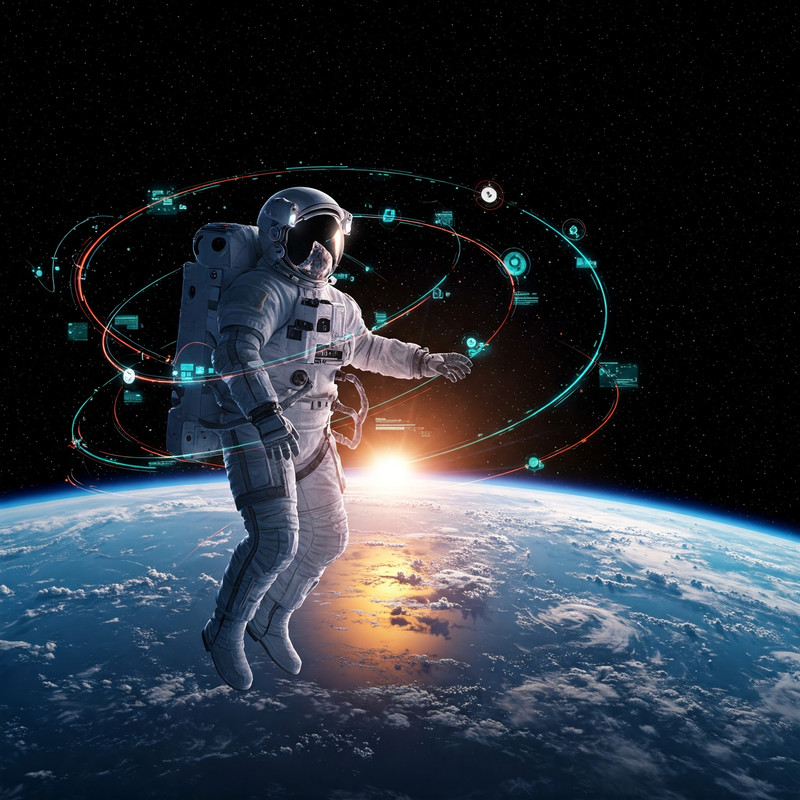
For centuries, humanity viewed time as a universal, unwavering constant – ticking identically for everyone, everywhere. Then came Albert Einstein, who, in the early 20th century, shattered this notion with his **Theories of Relativity** [1]. His work revealed that time is not an absolute, fixed entity but rather a dynamic dimension, intimately intertwined with space to form what we call **spacetime**.
- **Special Theory of Relativity (1905):** This theory deals with observers in uniform motion (not accelerating). Its core postulates are:
- The laws of physics are the same for all observers in uniform motion relative to one another.
- The speed of light in a vacuum ($c$) is the same for all observers, regardless of their motion relative to the light source [1].
- **General Theory of Relativity (1915):** This expanded on the Special Theory, introducing gravity not as a mysterious force, but as a curvature in the fabric of spacetime caused by mass and energy. This curvature, in turn, influences the path of objects and the flow of time.
Together, these groundbreaking theories fundamentally altered our understanding, showing that the rate at which time passes is entirely relative – it depends on your speed and the strength of the gravitational field you are experiencing. It's a truly profound shift in how we perceive reality.
Speed Slows Time: The Magic of Special Relativity
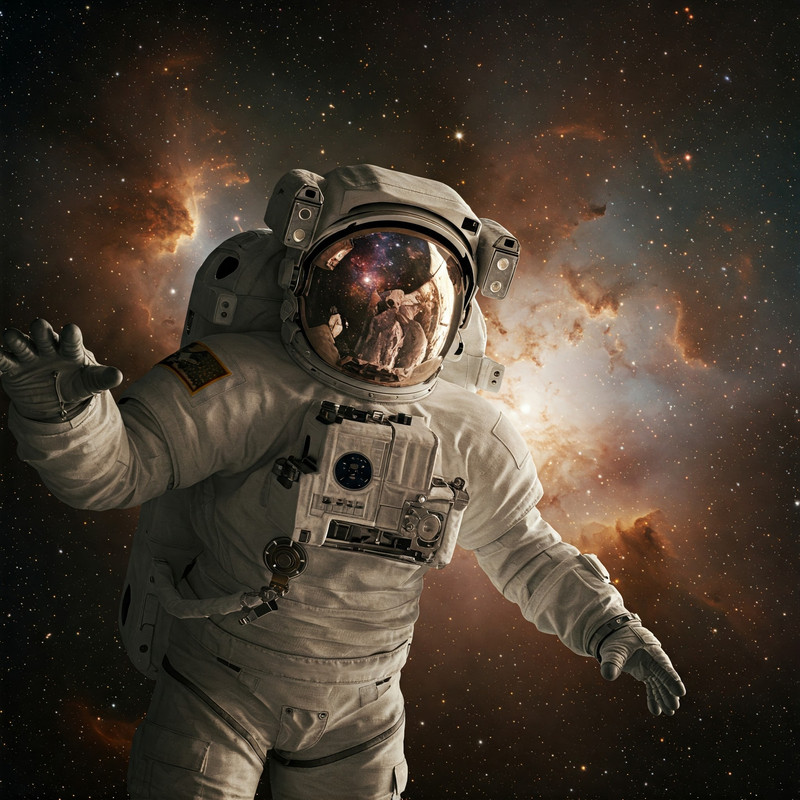
One of the most astonishing predictions of Special Relativity is **kinematic time dilation**: the faster you move relative to a stationary observer, the slower time passes for you. To grasp *why* this happens, let's consider a simple thought experiment using a "light clock."
The Light Clock Analogy:
Imagine a clock that measures time by a pulse of light bouncing between two parallel mirrors. One "tick" occurs every time the light goes from one mirror to the other and back. Now, imagine this light clock moving rapidly past you. From your perspective, the light pulse in the moving clock has to travel a longer, diagonal path to hit the mirrors, because the mirrors themselves are moving horizontally. Since the speed of light ($c$) is **absolute and constant for all observers** (Einstein's second postulate), the only way for the light to cover this longer diagonal distance at the same speed is for the "tick" (i.e., the time interval) of the moving clock to take longer. Thus, time itself must slow down for the moving clock relative to your stationary clock.
This isn't mere theory; it's been rigorously proven through various experiments:
- **The Hafele-Keating Experiment (1971):** Atomic clocks flown on commercial jets were found to have ticked slightly slower (or faster, depending on direction and altitude) than identical clocks that remained on Earth, precisely matching Einstein's predictions [2].
- **Muon Decay:** Subatomic particles called muons, created in the upper atmosphere, have an incredibly short natural lifespan. However, when they travel at near light speeds towards Earth, they "live" much longer from our perspective on the ground. This extended lifespan is a direct consequence of time dilation, allowing them to reach the Earth's surface before decaying [3].
Gravity Slows Time: The Fabric of Spacetime
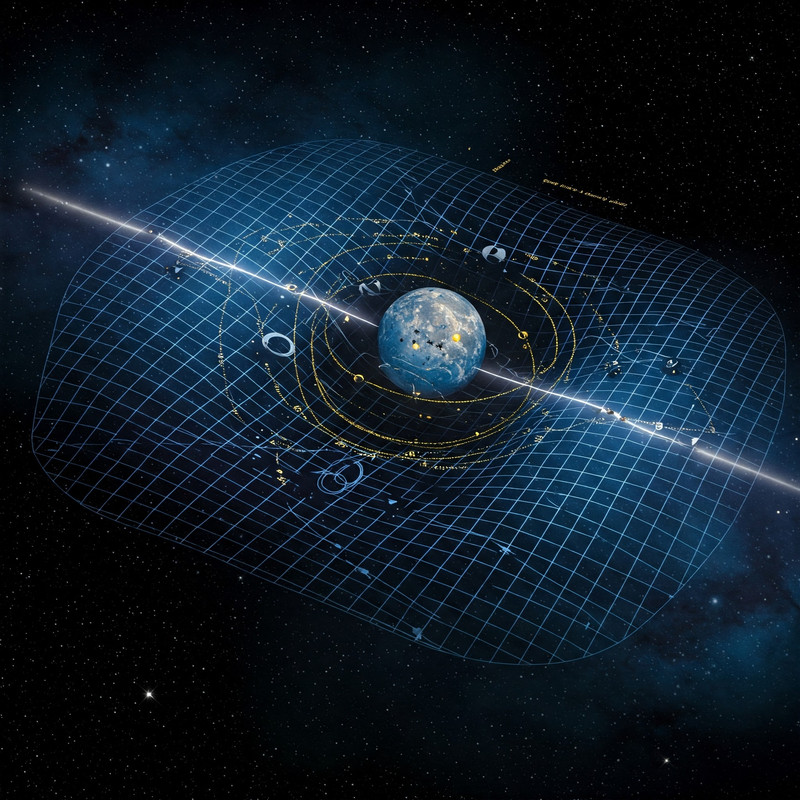
Beyond motion, gravity also plays a profound role in how time flows. Einstein's General Theory of Relativity posited that massive objects, like planets or stars, warp the very fabric of spacetime around them. Think of it like placing a bowling ball on a stretched rubber sheet; it creates a depression. Any marble rolling near the bowling ball will curve towards it, not because of a mysterious "force," but because the sheet itself is curved.
Similarly, a strong gravitational field is a region where spacetime is more curved. This **gravitational time dilation** means that time moves slower in stronger gravitational fields. The deeper you are in a "gravity well" (closer to a massive object), the slower your clock will tick compared to someone farther away in a weaker gravitational field.
This effect is most extreme near objects with immense gravity, such as **neutron stars** and **black holes**, where time can appear to almost freeze from an outside observer's perspective as you approach their event horizon. But this isn't limited to cosmic behemoths; it happens right here on Earth. Clocks at sea level, being slightly deeper in Earth's gravitational well, tick marginally slower than clocks on top of mountains. This subtle difference has been measured using highly precise atomic clocks, notably in the **Pound-Rebka experiment** of 1959, which confirmed the gravitational redshift of light—a direct consequence of time dilation due to gravity [4].
GPS and Time Correction: Relativity in Your Pocket
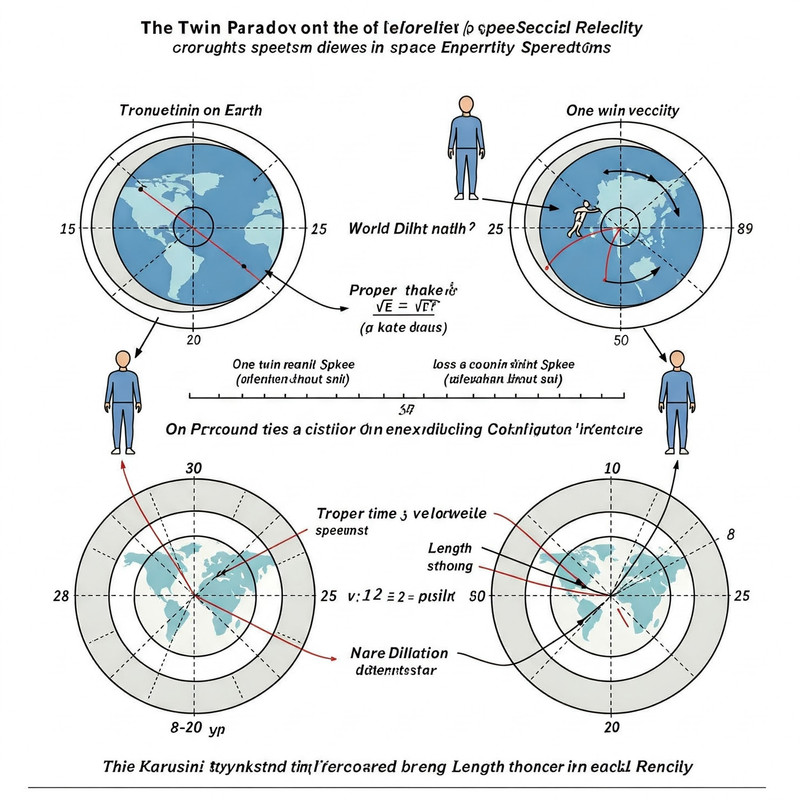
Time dilation isn't just an abstract concept for theoretical physicists; it's a practical consideration that affects our daily lives and underlies technology we use every day. Your **Global Positioning System (GPS)**, for instance, relies heavily on accounting for relativistic effects.
GPS satellites orbit Earth at very high speeds (around 14,000 km/h) and at high altitudes, where gravity is weaker than on the surface. Both factors induce time dilation:
- **Due to Special Relativity (Speed):** The satellites' high speed causes their clocks to run slightly *slower* by about 7 microseconds (7 millionths of a second) per day.
- **Due to General Relativity (Gravity):** The weaker gravitational field at their altitude causes their clocks to run slightly *faster* by about 45 microseconds per day.
The net effect is that satellite clocks tick approximately **38 microseconds (0.000038 seconds) faster per day** compared to clocks on the ground. If GPS receivers didn't precisely account for these relativistic effects, the accumulated error would lead to positioning inaccuracies of several kilometers per day, rendering the system completely useless [5]. So, next time you navigate with your phone, remember you're witnessing Einstein's theories in action!
Can Time Travel Be Real? Stepping into the Future
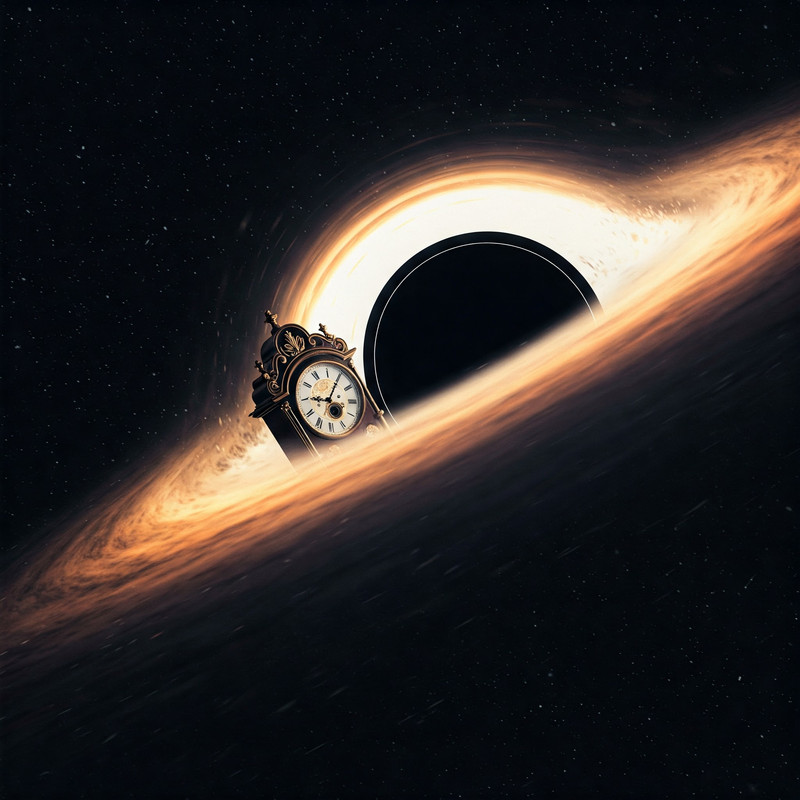
Given that time can genuinely slow down or speed up, does this mean time travel is possible? Yes, in a limited but truly profound way! **Forward time travel** is not only possible but a scientifically proven reality, thanks to time dilation.
This is famously illustrated by the **"Twin Paradox"** thought experiment [6]: Imagine one twin embarking on a space voyage at near light speed, while the other remains on Earth. For the twin in the spaceship, time would pass significantly slower. If the traveling twin experiences just a few years of their life, they could return to find decades, or even centuries, have passed on Earth. They would literally have traveled into Earth's future!
While the energy requirements for such relativistic travel are astronomical, the physics behind it is sound. It's important to clarify that this form of time travel only allows us to move forward in time. Traveling backward in time remains purely speculative and, according to current understanding, would require highly theoretical and unproven concepts like traversable wormholes, which themselves pose immense theoretical and practical challenges.
Conclusion: The Elasticity of Existence
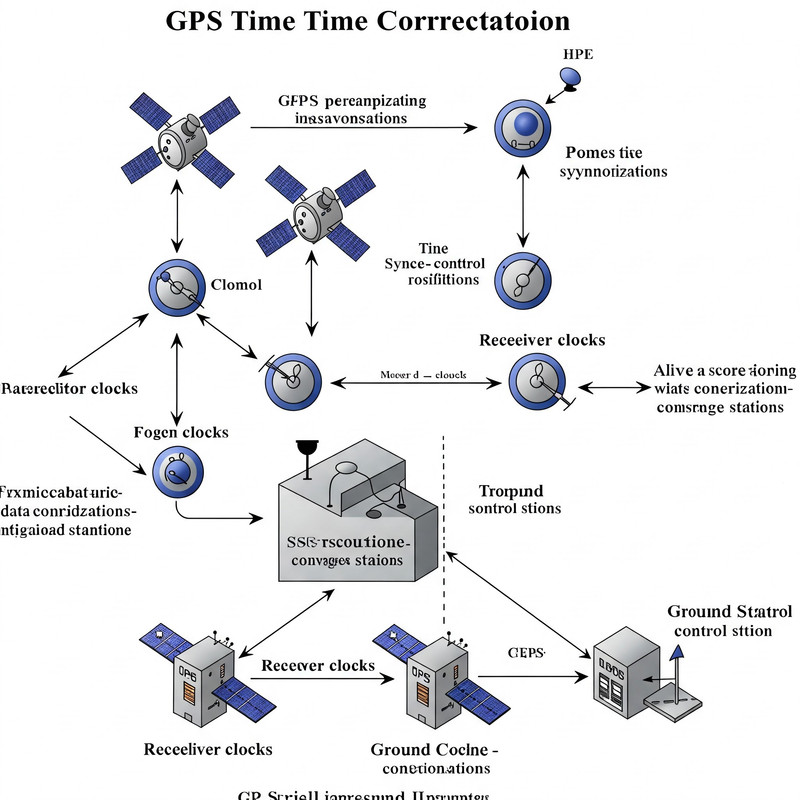
Einstein’s theories of relativity truly revolutionized our perception of time, transforming it from a rigid, universal constant into a flexible, dynamic dimension interwoven with space. Time isn't a fixed river; it's a fluid current that bends and flows differently depending on your motion and the gravitational fields around you. Whether it's the imperceptible slowing of clocks on a mountain or the profound implications for hypothetical interstellar journeys, time dilation is a cornerstone of modern physics.
This phenomenon reminds us that our intuitive understanding of reality, shaped by everyday experiences, is often incomplete. The universe is far stranger, more intricate, and more magnificent than we could ever imagine. Time dilation is a powerful testament to the beauty and counter-intuitive nature of the cosmos, continually challenging and expanding the limits of our knowledge.
References:
- Einstein, A. (1905). "On the Electrodynamics of Moving Bodies." *Annalen der Physik*, 17(10), 891–921. (Original paper on Special Relativity).
- Hafele, J. C., & Keating, R. E. (1972). "Around-the-World Atomic Clocks: Predicted Relativistic Time Gains." *Science*, 177(4044), 166–168. (And subsequent paper "Actual Relativistic Time Gains"). Available via HyperPhysics - Hafele-Keating Experiment.
- Frisch, D. H., & Smith, J. H. (1962). "An Experiment to Measure the Relativistic Time Dilation Using Muons." *American Journal of Physics*, 31(5), 342–355. (Key early experiment on muon decay). Available via Wikipedia - Experimental testing of time dilation (Muons section).
- Pound, R. V., & Rebka, G. A. (1959). "Apparent Weight of Photons." *Physical Review Letters*, 3(9), 439–441. (The Pound-Rebka experiment). Further explanation available via Britannica - Pound-Rebka Experiment.
- Ashby, N. (2003). "Relativity in the Global Positioning System." *Living Reviews in Relativity*, 6(1), 1. Available via PMC (National Library of Medicine).
- Taylor, E. F., & Wheeler, J. A. (1992). *Spacetime Physics* (2nd ed.). W. H. Freeman. (Classic textbook discussing the Twin Paradox). Explanation available via Britannica - Twin paradox.
Comments
Post a Comment